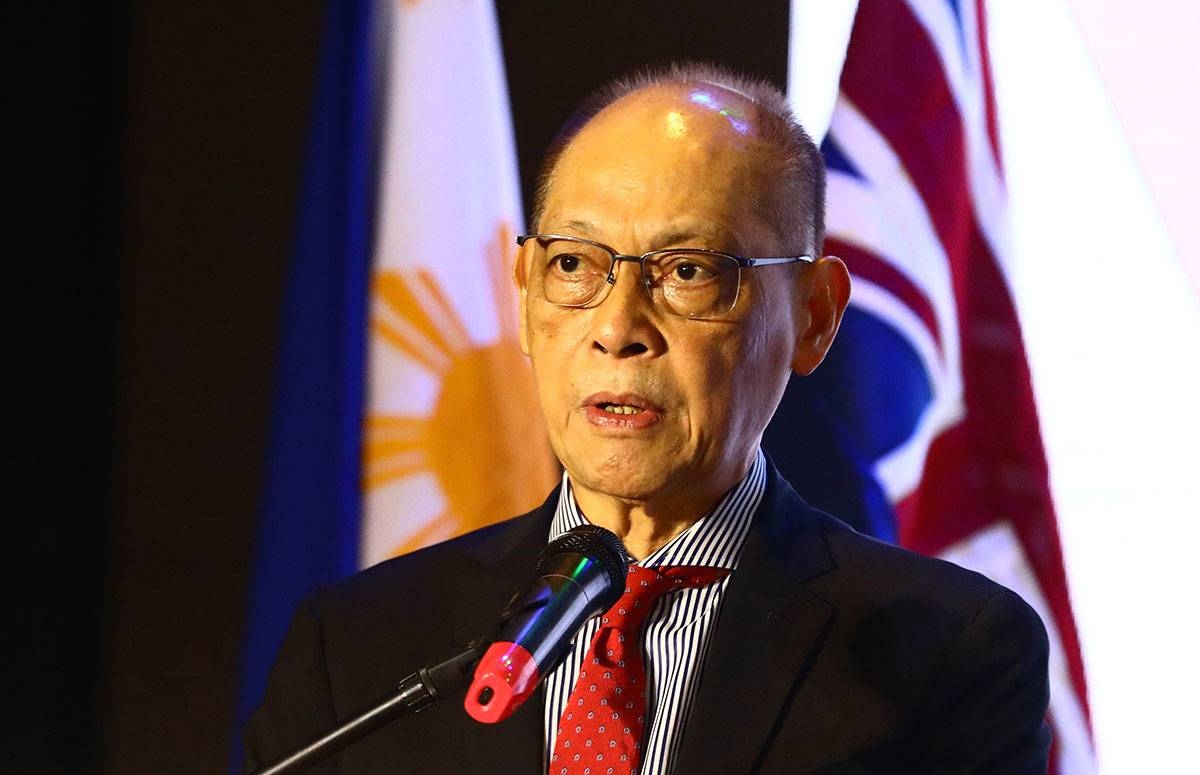ON the heels of the government's imposition of a retail price ceiling on rice, the Department of Finance (DoF) has proposed a temporary reduction in tariffs on imported rice, from the 35 percent that applies to most imported rice to “zero, or at most 10 percent,” according to Finance Secretary Benjamin Diokno. The suggestion is, as they say, a no-brainer; tariffs and subsidies, which is what the price ceiling actually is, work against each other.
Both the price cap and the proposed tariff reduction are risky, however, and can lead to a number of problems if not carefully managed. The government's economic team, while expressing support for the price cap, has also acknowledged that it is an effective stopgap measure to address “extraordinary factors,” as Budget Secretary Amenah Pangandaman put it. Likewise, DoF's Diokno and National Economic Development Authority head Arsenio Balisacan have both stressed any tariff reduction would be temporary, only to be kept in place until the situation with elevated rice prices has stabilized, presumably when the next domestic harvest becomes available in a few weeks' time.
Executive Order 39, signed by President Ferdinand Marcos Jr. on August 31, mandated price ceilings of P41 per kilogram for regular milled rice and P45 per kg for well-milled rice after prices in markets in Metro Manila had risen to P42–55 for regular milled rice and P48–56 for well-milled rice. The price of rice in August inflated faster at 8.7 percent — nearly twice as fast as the 4.5 percent inflation rate in July — than the August headline inflation rate of 5.3 percent, which was itself a reversal of what had been a seven-month decline in inflation rates.
The puzzling thing about the need to impose a price cap, which can be fairly argued was necessary to ease the burden on households, is that it is still not clear that it was due to a significant reduction in rice supplies, as one would expect would be the primary cause of higher prices. Indeed, rice and other grain prices are somewhat elevated due to global conditions, mainly Russia's war on Ukraine, and of course recent weather calamities have had some impact. However, the recent storms were moderate in the level of damage they caused, relative to what we experience in an average year, and rice prices on the global market should only impact the rice we import, which only amounts to about 4 percent of the country's demand.
Clearly, the main cause of higher rice prices is bottlenecks in the supply chain, whether caused intentionally by everyone's favorite bugaboos, the speculating traders who hoard rice supplies, or by other inefficiencies and a lack of capacity to move rice smoothly from farm to consumer. That being the case, a temporary elimination or substantial reduction in rice tariffs is a sensible partial solution, though a rather blunt one.
What a reduction in tariffs will hypothetically accomplish is increase the supply of imported rice. Flooding the market with supply will render any efforts at speculation — holding back supply in order to artificially drive prices up — futile, forcing those traders into a “use it or lose it” situation whereby they have to release their stockpiles, which mostly comprise domestically source1d rice. Those additional supplies will lower prices further and reduce the need for imports, reducing the amount of time the government has to bear the cost of reduced tariffs in the form of foregone revenue. Once supplies are plentiful enough to naturally drive the price of rice to near the level set by the price cap order, that restriction can be lifted as well, and the market can once again function normally.
That is the theory, anyway; whether it is borne out in practice depends on how effectively the government manages the price ceiling and imports under the reduced tariffs. And even under the best of circumstances, it is only a short-term fix; the real problem that needs to be addressed is supply-chain inefficiencies, which include everything from inefficient production and low yields to inadequate agricultural supply-chain infrastructure to ineffective regulation of traders and distributors. In order for the short-term fixes to have their intended effect, the government must take clear and substantial action toward resolving these bigger issues, and soon.
*****
Credit belongs to : www.manilatimes.net
 MaharlikaNews | Canada Leading Online Filipino Newspaper Portal The No. 1 most engaged information website for Filipino – Canadian in Canada. MaharlikaNews.com received almost a quarter a million visitors in 2020.
MaharlikaNews | Canada Leading Online Filipino Newspaper Portal The No. 1 most engaged information website for Filipino – Canadian in Canada. MaharlikaNews.com received almost a quarter a million visitors in 2020.

